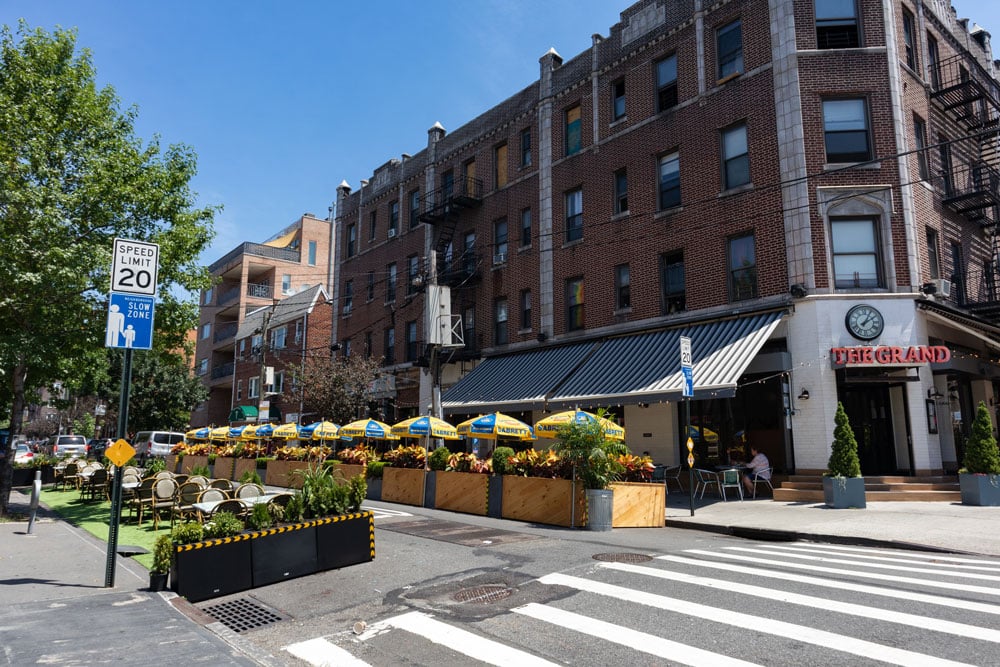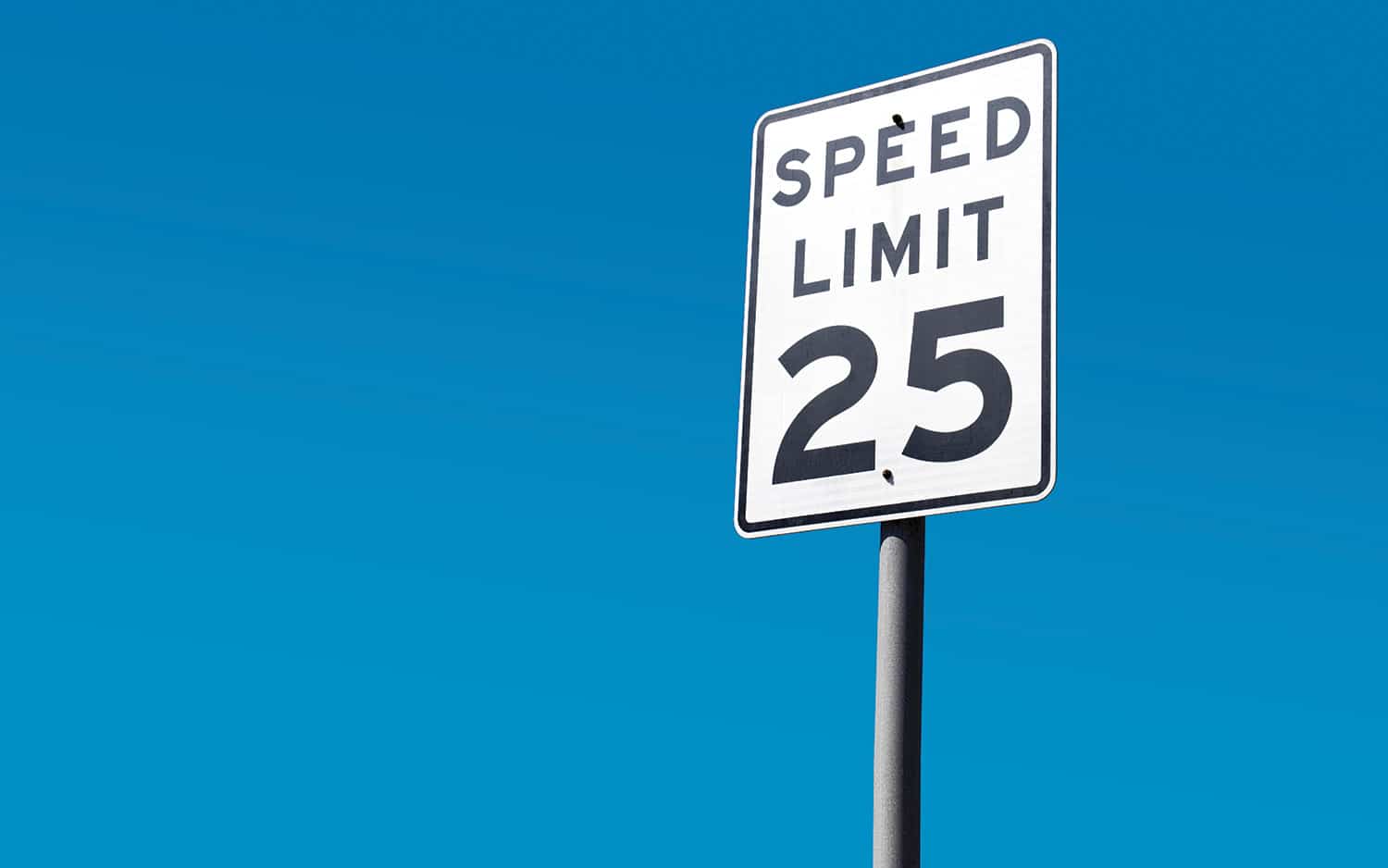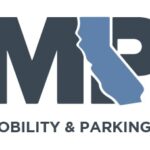Mobility & Tech
Mobility & Tech
Giving Up the Curb

It was 2019. It was a banner year for business in the Old Pasadena business district and throughout Pasadena. Business was booming, and the City saw plentiful sales tax receipts. I was working to convince the business community that we needed to update our parking policies to embrace newer trends that included mobility, but I was frequently rebuffed with the same arguments.
“We need parking spots for vehicles.”
“I need my valet to survive.”
“My restaurant’s food needs to be eaten fresh, not delivered.”
“Why would you change what’s working so well?”
I was advocating for more commercial loading spaces and short-term parking spaces that could be used for passenger pick-up and drop off for the ever-increasing presence of Transportation Network Companies (TNCs) in the district. I was looking to utilize the curb for more innovative uses, like parklets. I was trying to convince business owners that cars aren’t the only way for people and their wallets to get to their district.
Then came the COVID-19 pandemic.
Suddenly, the packed parking lanes were deserted, as were the City’s business districts. Restaurants, retail, and offices were shuttered. As restaurants and retail throughout the City developed plans to move to pick-up and delivery, the City worked to modify our policies to accommodate these changes. Among them was converting some curb spaces outside of businesses to short-term parking spaces to allow for pick-up of meals and retail orders.
It then became clear that restaurants would be allowed to reopen at reduced capacity, but as outdoor dining would be allowed, we worked with our business districts to unlock curb space for their use. The City converted parking spaces to on-street dining parklets. We agreed to use parking meter funds to help offset the cost of on-street dining by renting vehicle barriers to ensure diner safety. Formerly deserted curb spaces saw new life. Diners and shoppers returned—not to pre-pandemic numbers, but certainly to levels that could help sustain businesses and our parking operation.
Fast forward to present day in Old Pasadena. Our crowds are back. Parking revenue in our garages and at the meters are near pre-pandemic levels. And our on-street dining spaces remain in place, for the most part. Starting next fiscal year, we will start charging businesses for permits to utilize the curb for on-street dining, and early indications are that we will recover some of the current locations for vehicle use. The question now becomes how we program that regained space. The conversations around that space has changed.
“I need that curb space for dining space.”
“Valet isn’t important to us.”
“Pick-up and delivery saved my business during the pandemic, and I need to continue that moving forward.”
“Why would you change what’s working so well?”
Ok, maybe some of the conversations have stayed the same.
shutterstock / James Andrews1
Jon Hamblen is Parking Manager for the City of Pasadena Department of Transportation, and is the President of CMPA. He is a member of IPMI’s Conference Program Task Force and the Electric Vehicle Readiness Cohort.
-
Jon Hamblenhttps://parking-mobility-magazine.org/author/jon-hamblen/October 26, 2022


Driving Equity
DDOT’s Signworks Platform Revolutionizes Curbside Management

The Digital Tsunami is Here
How Data Standards are Shaping the Future of an Interconnected






